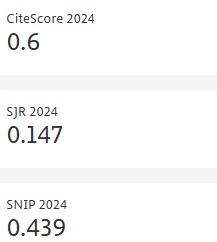The Gender Performativity of Products: A Conceptual Framework
- Published: 02-08-2025
Share
The tendency to view products as passive entities has led to the concept of the “gendered product”, often used in gender and design studies, misleading to adequately account for the active role of products in gender performance within a social context. This study aims to fill this gap by conceptualizing the “gender performativity of products” through the integration of Actor-Network Theory (ANT), Material Semiotics and Judith Butler’s theory of Gender Performativity. A practical framework is provided for designers, researchers and those working in design-related fields to critically evaluate how products contribute to or are influenced by the concept of gender performativity. Accordingly, dimensions have been identified in this study by regarding products as performative objects and re-evaluating them through the lens of gender performativity and material semiotics through formulation of performativity and empirical investigation study. These dimensions are: observed space, transformative, semantic, delegated task and other performative potentials. This theoretical framework offers a holistic perspective for understanding the dynamic interactions between the product, the user, the designer and other contexts such as culture, space, medium, time and social norms, emphasizing that products are not static objects but rather impact society as active agents in the context of gender.
- View 896
- Downloads 147
- Saveds 0
- Citations (Crossref) 0


